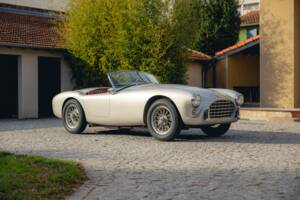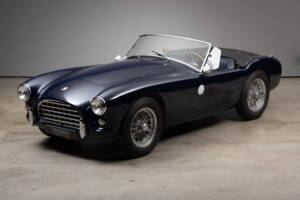AC Ace Classic Cars for Sale
The AC Ace, built from 1953 to 1963, set benchmarks in British sports car engineering with its lightweight aluminium body, independent suspension and a range of six-cylinder engines. As the technical forerunner of the AC Cobra, the Ace stands out for road and motorsport achievements, rarity and advanced chassis design.
Search results

1959 | AC Ace Bristol
AC Ace Bristol - Matching numbers - Conduite à gauche d’origine - Restaurée intégralement - Garantie
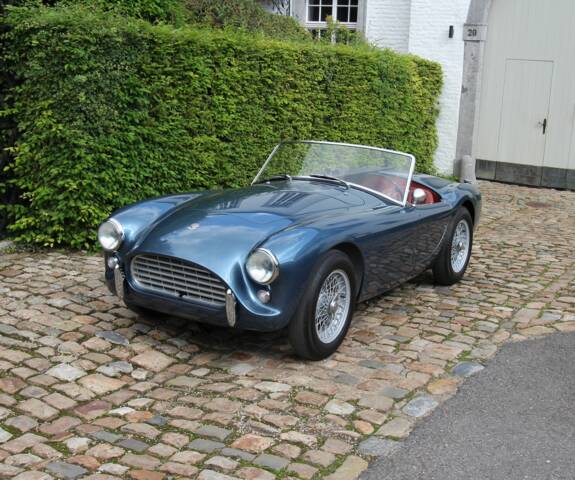
1957 | AC Ace Bristol
BEX 284 mit Renngeschichte, Mille Miglia fähig
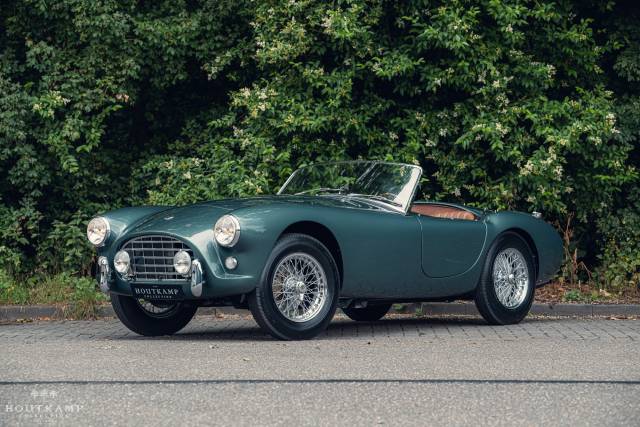
1959 | AC Ace Bristol
Desirable factory left-hand-drive example with powerful Bristol engine
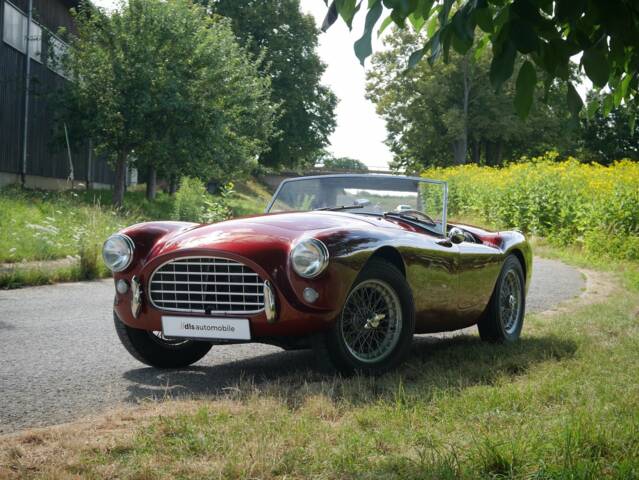
1960 | AC Ace Bristol
AC ACE Bristol // 1960 // 700km nach Motorrevision
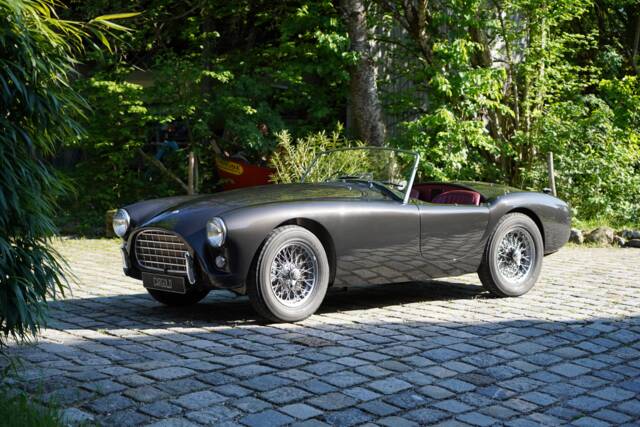
1960 | AC Ace
Roadster Restored / One of 226!

1959 | AC Ace Bristol
Ace Bristol Roadster - LHD -

1959 | AC Ace
AC ACE Roadster.1959. M0444
AC Ace listing references from Classic Trader
Below you will find listings related to your search that are no longer available on Classic Trader. Use this information to gain insight into availability, value trends, and current pricing for a "AC Ace" to make a more informed purchasing decision.
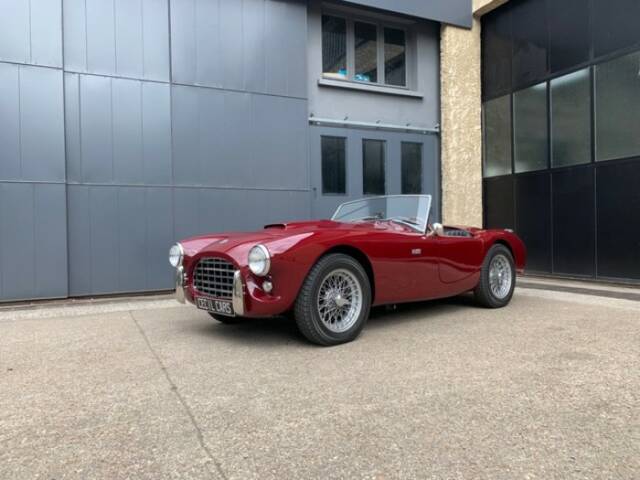
1956 | AC Ace Bristol
AC Bristol
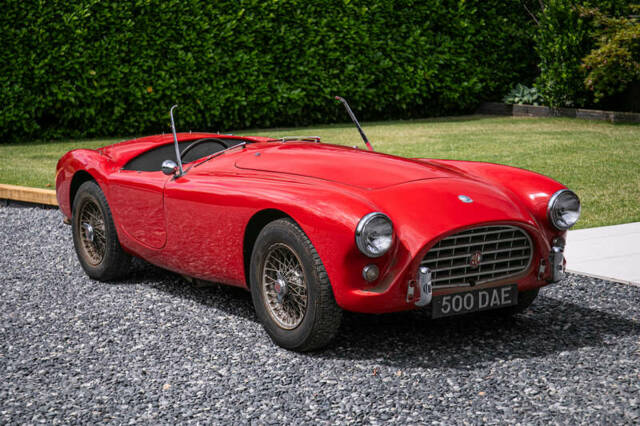
1958 | AC Ace Bristol
1958 AC Ace Bristol
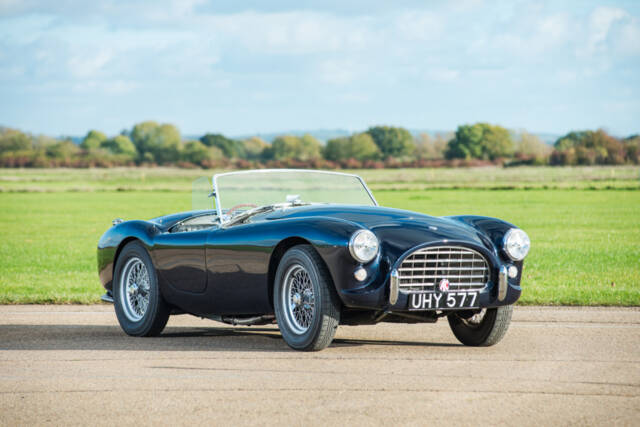
1955 | AC Ace
1955 AC ACE Probably the most travelled AC Ace
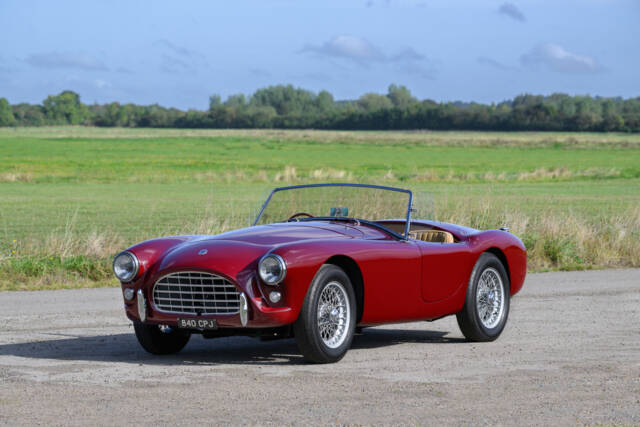
1957 | AC Ace Bristol
1957 AC ACE ‘BRISTOL’
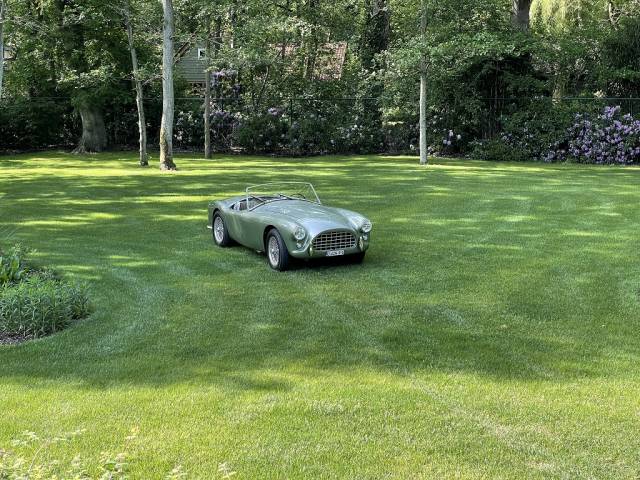
1958 | AC Ace Bristol
AC ACE Bristol
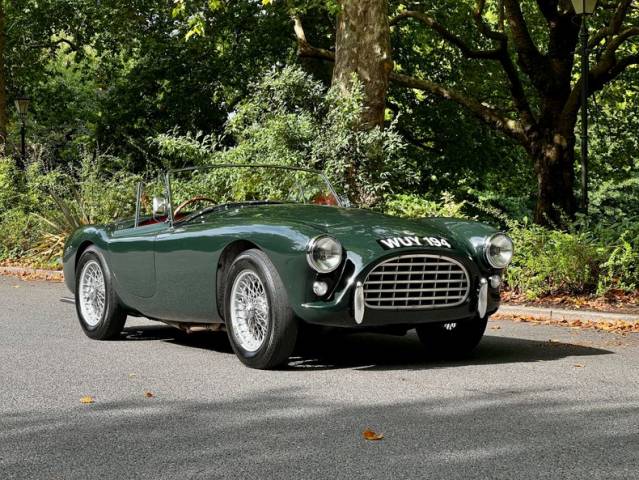
1958 | AC Ace
1958 AC Ace
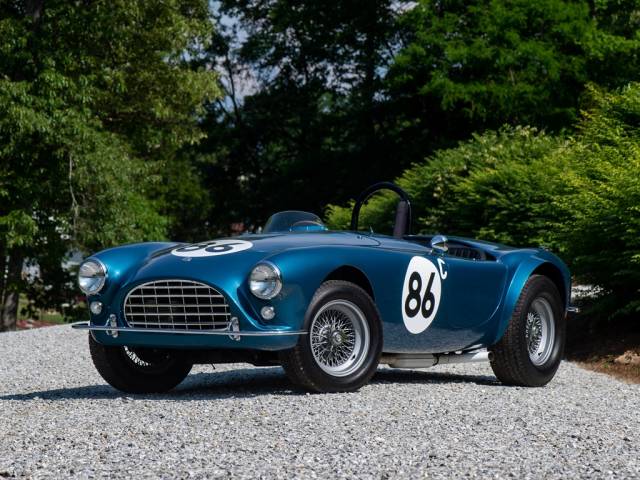
1955 | AC Ace
1955 AC Ace Special
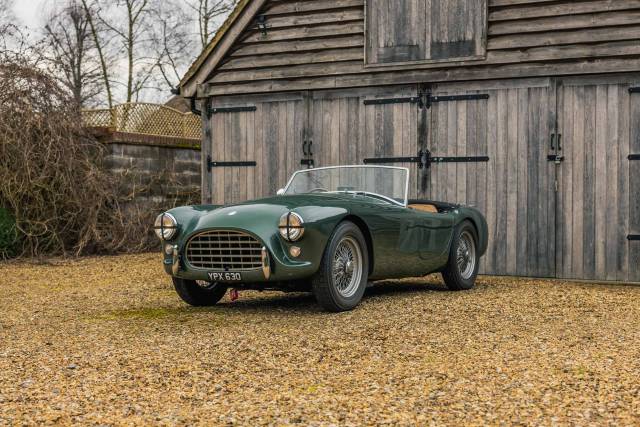
1958 | AC Ace Bristol
History of the AC Ace
Launched at the 1953 London Motor Show, the AC Ace marked a turning point for AC Cars under Charles Hurlock’s leadership. John Tojeiro’s chassis design, originally prototype-built and inspired by continental trends, became the foundation for the Ace’s tube-frame construction and exquisite hand-formed aluminium bodywork. This open two-seater introduced independent suspension on both axles, a technical leap for British sports cars of the era. The car was initially delivered with AC’s own 2.0-litre inline six-cylinder engine, but from 1956, the high-revving, triple-carburettor Bristol engine—descended from the pre-war BMW 328—boosted both performance and race credentials. Bristol-powered Aces became highly competitive in international motorsport, including high-profile starts and strong finishes at Le Mans. After Bristol ceased engine production, Ford Zephyr engines were briefly fitted before the model series led directly to the AC Cobra, forging a lasting legacy in sports car history.
Model Series Evolution
The first Ace models housed AC's 2.0-litre straight-six, yielding up to 103 hp as development progressed. With the Bristol engine option from 1956, output climbed to 120–128 hp in road trim and up to 150 hp for competition, retaining lightweight construction at roughly 750 kg. Over 466 Bristol-engined cars were produced, alongside around 220 original AC-powered Aces. After 1961, some 26 cars received a 2.6-litre Ford Zephyr engine tuned by Ruddspeed, further pushing performance boundaries. Ultimately, 728 Aces of all variants left the Thames Ditton works before Cobra production replaced the Ace line in 1964. Predecessors included AC’s 2-Litre models, while the direct successor is the world-renowned AC Cobra.
Highlights and Unique Features
The Ace’s keen engineering set it apart from period rivals—its four-wheel independent suspension and tube chassis provided excellent handling, while bespoke details included wire wheels, rack-and-pinion or Bishop Cam steering, front disc brakes (from 1956), and minimalist, purposeful interiors. Custom gearing, lightweight roadster form, and motorsport success at Le Mans and SCCA cement its standing. Rarity is intrinsic—all Ace variants were low-volume builds, with the Type 100D representing over 62% of current market supply. Bristol-powered models, particularly, defined the Ace as a thoroughbred both on streets and circuits.
Technical Data
Special Editions and Collectible Models
Special significance attaches to the Ace Bristol (Type 100D), regarded as the ultimate evolution of the model line, combining lightness with advanced motor and racing pedigree. The run of Ruddspeed-modified Ace 2.6 models, fitted with the Ford Zephyr engine, stands out for even higher performance and extremely low production numbers—only 26 cars built. Early prototypes and Le Mans race cars, plus vehicles with documented competitive history, are especially desirable within the Ace collector community.
Weak Spots and Common Issues
[No weak spots or common issues have been specifically documented in available sources for the AC Ace. As with any hand-built car of the era, buyers should scrutinise chassis integrity, suspension bushings, and engine originality, particularly for Bristol-powered cars, as sourcing period-correct components can be challenging. Homemade modifications or racing updates may affect drivability and value. As numbers are low, originality, matching numbers, and detailed service history are especially important for collector value. Always consult a marque expert during inspection or restoration planning.]
Engine, Transmission & Handling
The Ace was renowned for its dynamic road manners, owing to its independent suspension and low kerb weight. The original AC engine offered up to 103 hp, achieving 0–60 mph in 11.4 seconds and a top speed of over 100 mph (as measured by period road tests). With the Bristol engine, acceleration improved to 0–60 mph in 9 seconds and a top speed of 116 mph. The rare Ruddspeed Ford 2.6 pushed the car to approximately 130 mph and 0–60 mph in around 8 seconds. Steering was direct and communicative, tailored through sequential upgrades from Morris Minor rack-and-pinion to the proprietary Bishop Cam system. These characteristics made the Ace stand out against the likes of the Jaguar XK120, Austin-Healey 100, and Porsche 356 on both road and track. - AC Ace Type 100D (Bristol engine, 2.0L): 120–128 hp, most widely supplied and sought after
- AC Ace 2.6 (Ford Zephyr engine): ~170 hp (in tuned form), rarest and highest performance
- AC Ace (original AC engine): 86–103 hp, lighter and purist specification
Interior, Comfort, Exterior & Design
The bodywork of the Ace was designed by John Tojeiro and executed in aluminium, hand-finished for each car. The 'barchetta'-style open roadster form, absence of door handles, spartan cockpit, and use of black leather seats reflected uncompromising sportiness. The wire wheels and signature front intake, reminiscent of contemporary Italian machinery, added flair. All models featured a folding hood and various period paint finishes. The minimalist yet functional dashboard, often painted in body colour, enhanced its sporting character, while optional weather gear and bespoke interiors were tailored to buyer preference. All surfaces prioritised lightness and performance over luxury.
Other Features
The Ace was eligible for international historic events including the Mille Miglia and Goodwood Revival, testifying to its continuing value and sporting credentials. Many cars have period racing achievements at venues like Goodwood, Le Mans, Oulton Park, and Silverstone. The Ace’s unique combination of British engineering and motorsport legacy made it the definitive blueprint for the later, more powerful AC Cobra.
Summary
AC Ace classic cars represent a landmark in British sports car history. Combining advanced chassis design, hand-crafted aluminium coachwork, and a proven motorsport record, they unite rarity, performance, and authenticity. Today, the Ace remains a standard-bearer for discerning collectors seeking an engaging driving experience, tangibly linked to the origins of the AC Cobra.
